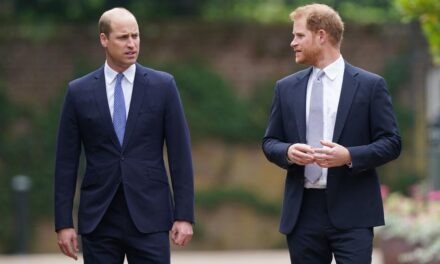
Retail sales rose in September as people kept shopping

US retail sales rose 1.9% in September, the Commerce Department reported Friday. That’s well above the 0.7% rise predicted by economists surveyed by Refinitiv. In August, retail sales grew 0.6%.
Retail sales had slumped to a seven-year low in April as coronavirus prompted stores across the country to shut their doors, though sales bounced back to pre-pandemic levels in July.
Economists and retail analysts say consumers have shifted their spending — away from travel and leisure and to areas such as home improvement and electronics. Sales at clothing and clothing accessories stores grew 11% in September from the month prior, while sales at sporting goods, hobby, musical instrument and book stores jumped 5.7%.
“Consumers are spending less money on services and reallocating those funds,” said Russell Price, chief economist at Ameriprise.
People are also spending some of their savings, economists say. The personal savings rate hit its highest level in March since in 1981 and remains higher than it was prior to the pandemic.
Despite the rise in retail sales in September, additional stimulus funds are needed to help drive lower-income consumer spending, experts note.
The unemployment rate stood at 7.9% in September and the country is still down 10.7 million jobs since February, before Covid-19 hit. Americans filed another 898,000 first-time jobless claims last week on a seasonally-adjusted basis, the Department of Labor said Thursday. That’s more than economists had expected and up 53,000 from the prior week.
A supplemental $600 weekly unemployment insurance, which had been part of the government’s first stimulus bill, ran out at the end of July. Since then, Congress has been unable to agree on another boost to jobless benefits. President Donald Trump signed an executive order to bolster benefits again, although by less money, by diverting funds from the Federal Emergency Management Agency.
“Although sales growth is strong, it will slow through the rest of this year and into next year,” said Gus Faucher, chief economist for PNC Financial Services. He warned growth would continue slowing if Congress does not provide new stimulus funds.
Scott McCall, chief merchandising officer at Walmart, the largest US retailer, said in an interview this week that stimulus funds would help boost shoppers during the holiday season.
“We know when there’s more money in customers’ pockets they like to spend it on the items that are important for them for holidays,” said McCall.
And although retail sales have rebounded since the spring, the spending has not benefited all retailers.
“It isn’t a case of all retail boats rising with consumer spending,” said Greg Portell, lead partner in the global consumer practice of Kearney, a strategy and management consulting firm.
So far in 2020, around 8,000 stores have said they will permanently close, according to Coresight Research, a retail research and advisory firm. It anticipates closures will set a new annual record this year with as many as 25,000, breaking last year’s record 9,302 closures tracked by the firm.
In addition, foot traffic to brick-and-mortar stores remains weak because of the pandemic. Traffic was down 43% during the first week of October compared with the same stretch last year, according to data from Cowen.
CNN Business’ Anneken Tappe contributed to this article.















